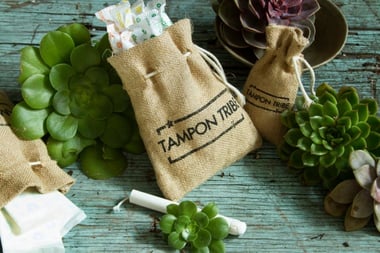#1 - Bangka Island/Indonesia
Don’t chase your dreams - find a way to make them come true
Inggrit, Rini and Misye are three childhood friends who grew up together on the small Indonesian island of Bangka - in the middle of the so-called Coral Triangle.
It is home to nearly 80% of all coral species and over one-third of the world’s reef fish species, making it one of the most biodiverse marine ecosystems on the planet.
But this paradise spot is under severe threat from plastic pollution, with the amount of plastic litter in the sea and washing up on beaches increasing dramatically year by year.
What's it like to grow up here and witness the destruction of its coral reef and marine life? When your family's livelihood depends on fishing but 25% of fish caught are contaminated with plastic? What would you do?
Rini, Inggrit and Misye took action and helped The No-Trash Triangle Initiative build the first waste management system on Bangka Island to protect and preserve their ocean.
This is their story - in their own words.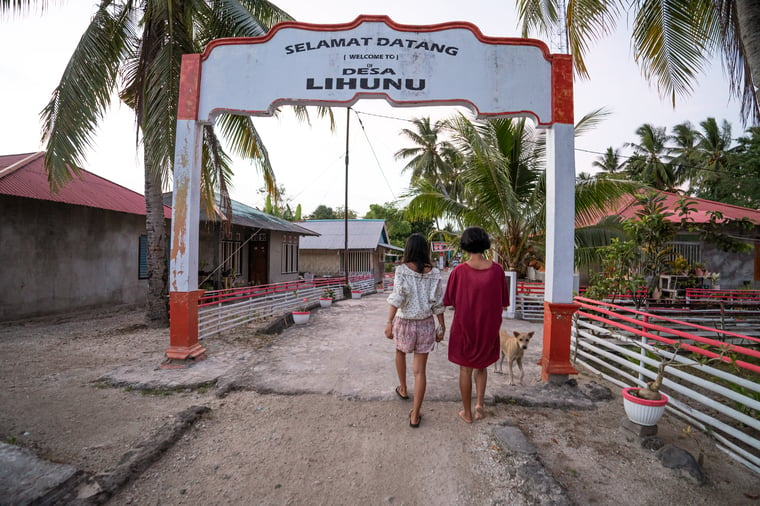
Chapter I
Inggrit: There are 4 villages on Bangka island. Lihunu, Kahuku, Libas, Talisei. There used to be only 3 but one village split in two due to disagreements on the coal mining operations that were set to be opened here. The mining is luckily not active now. If it were, our tourism would be gone and the coral reefs would die quickly, and the beautiful nature would not exist anymore. 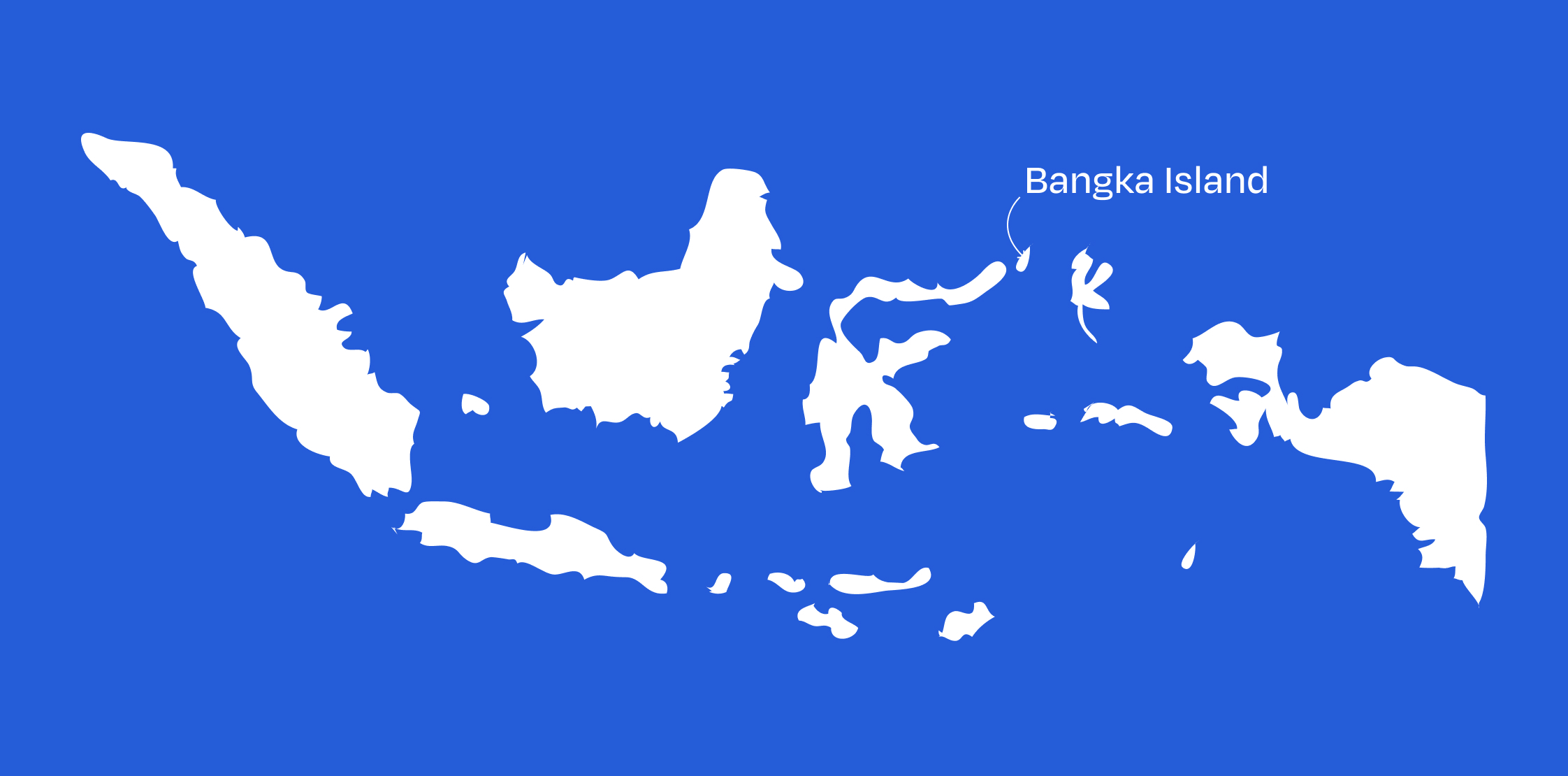
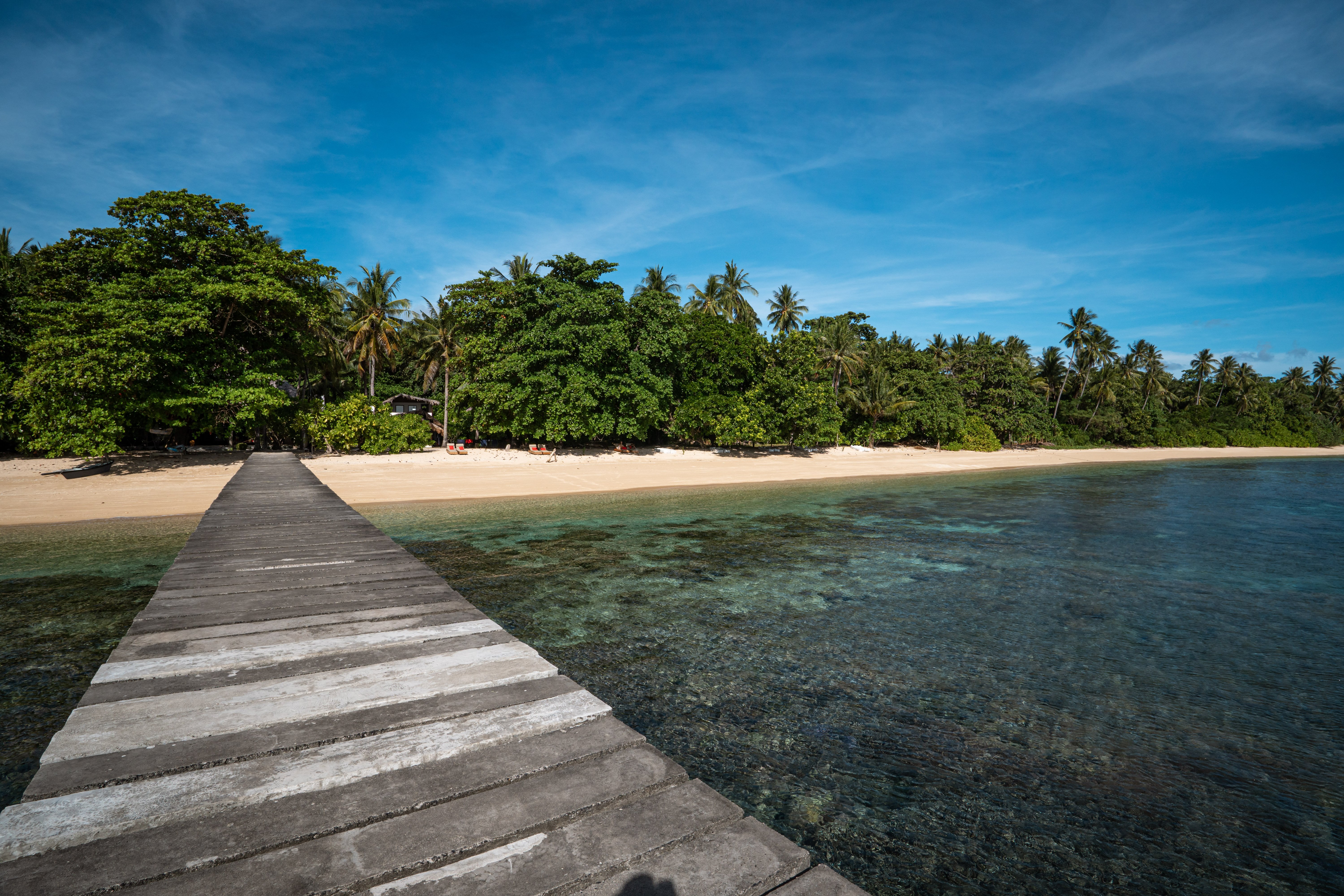
Most of the 800 villagers here are farmers and fishermen, and so is my dad.
He plants cengkeh, coconuts, sweet potato, bananas, tomatoes, and rice. Rini and I sometimes help my dad when he fishes to throw the nets. The most common fish here are the dora, geropa, lobsters, crabs, lionfish, baby sharks, and pari. 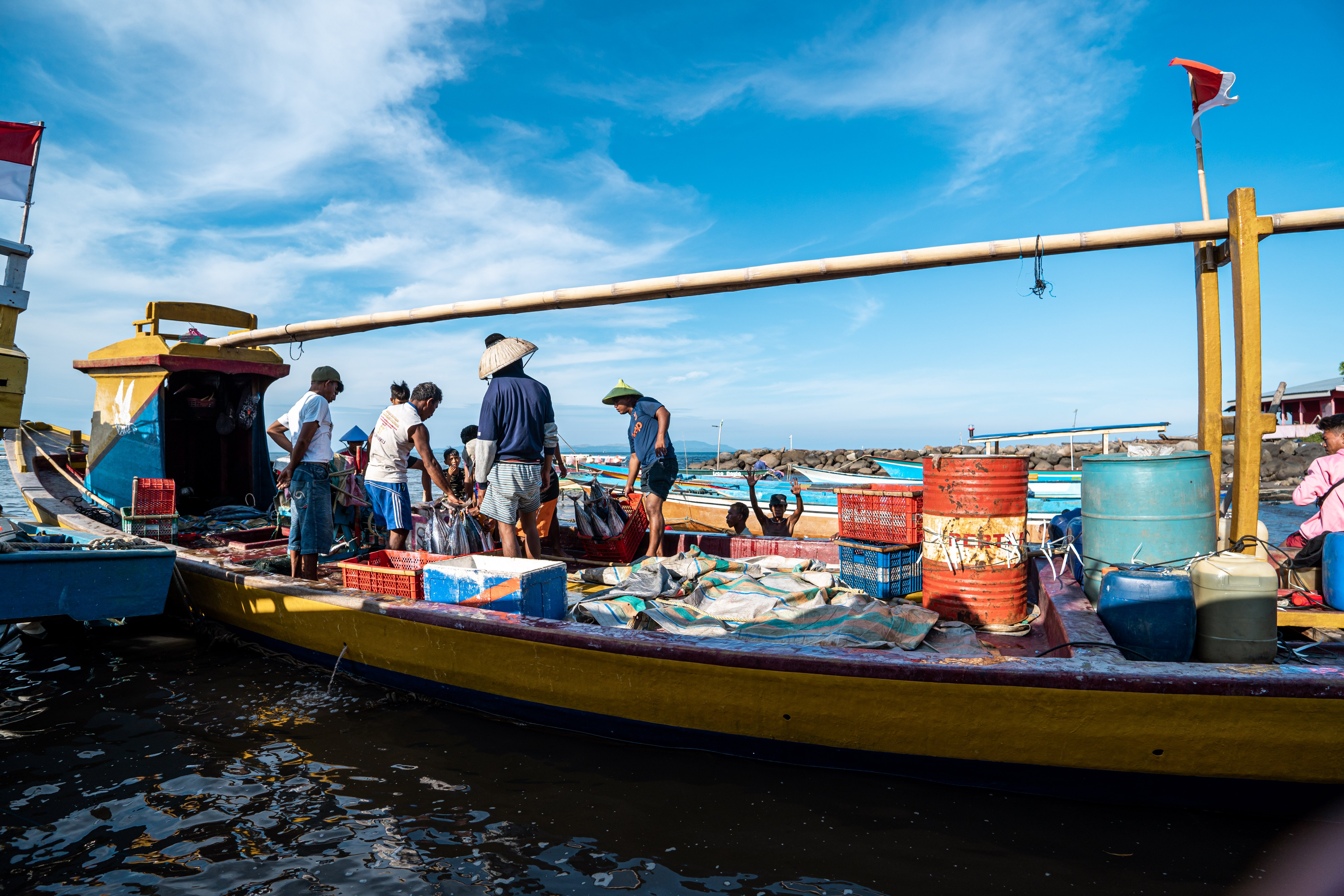
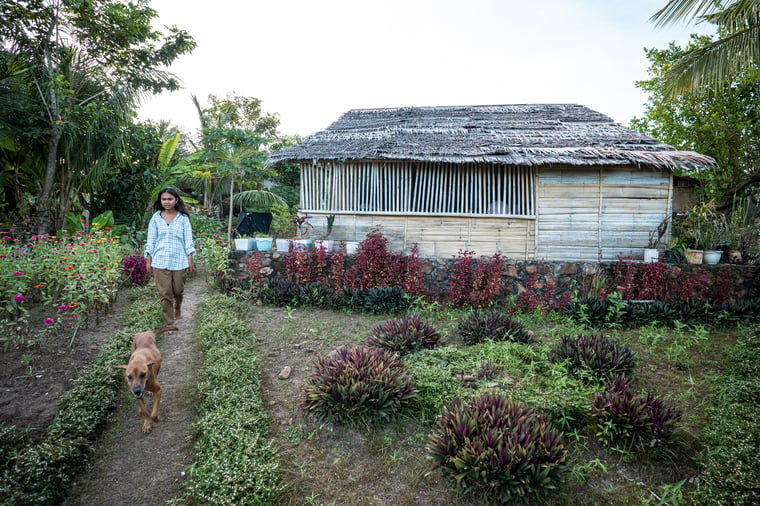
A beautiful spot here is the Savannah. If you go, you have to wear long pants and full sleeves on account of the tall grass. It’s beautiful there, the view is amazing. If you haven’t been to the Savannah, you haven't been to Lihunu yet. If women on their period go there, they cannot wear red. It’s impolite to the spirits.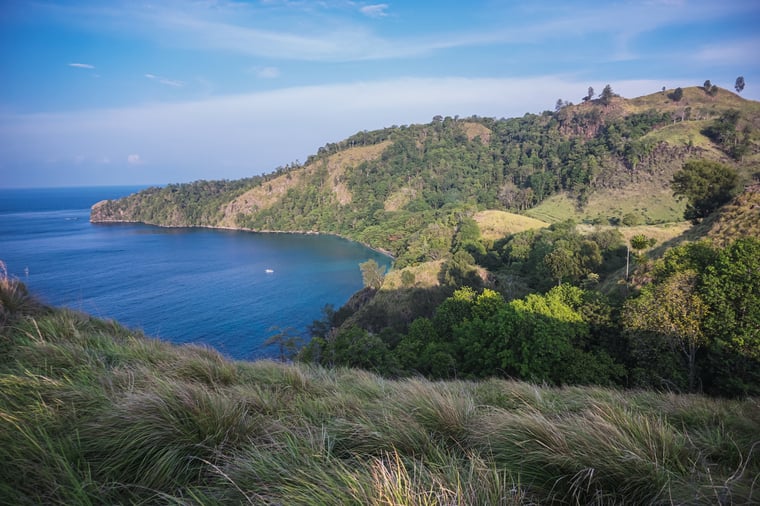
Chapter II
Inggrit: During the dry season, it’s difficult to get water. The villagers get very anxious and often fight each other about water. There has been action by the government to create water wells. But even this is rationed. Each day a different section of the village gets access to water. Tensions really heat up during the dry season. Everybody in the village gets really on edge once it sets in. Last week, we had a conflict here about water. At about 1 AM at night, a villager used the government-developed water pump. In the morning, there was no water left for the rest of the villagers.
But that’s not all, sometimes villagers that live far from the water pump poke holes in the pump’s pipes so that they can get the water as well.
Rini: The worst of it was about 3 years ago. There were wildfires everywhere due to the drought. The farmlands and even the Savannah got caught in the fire. So much was lost.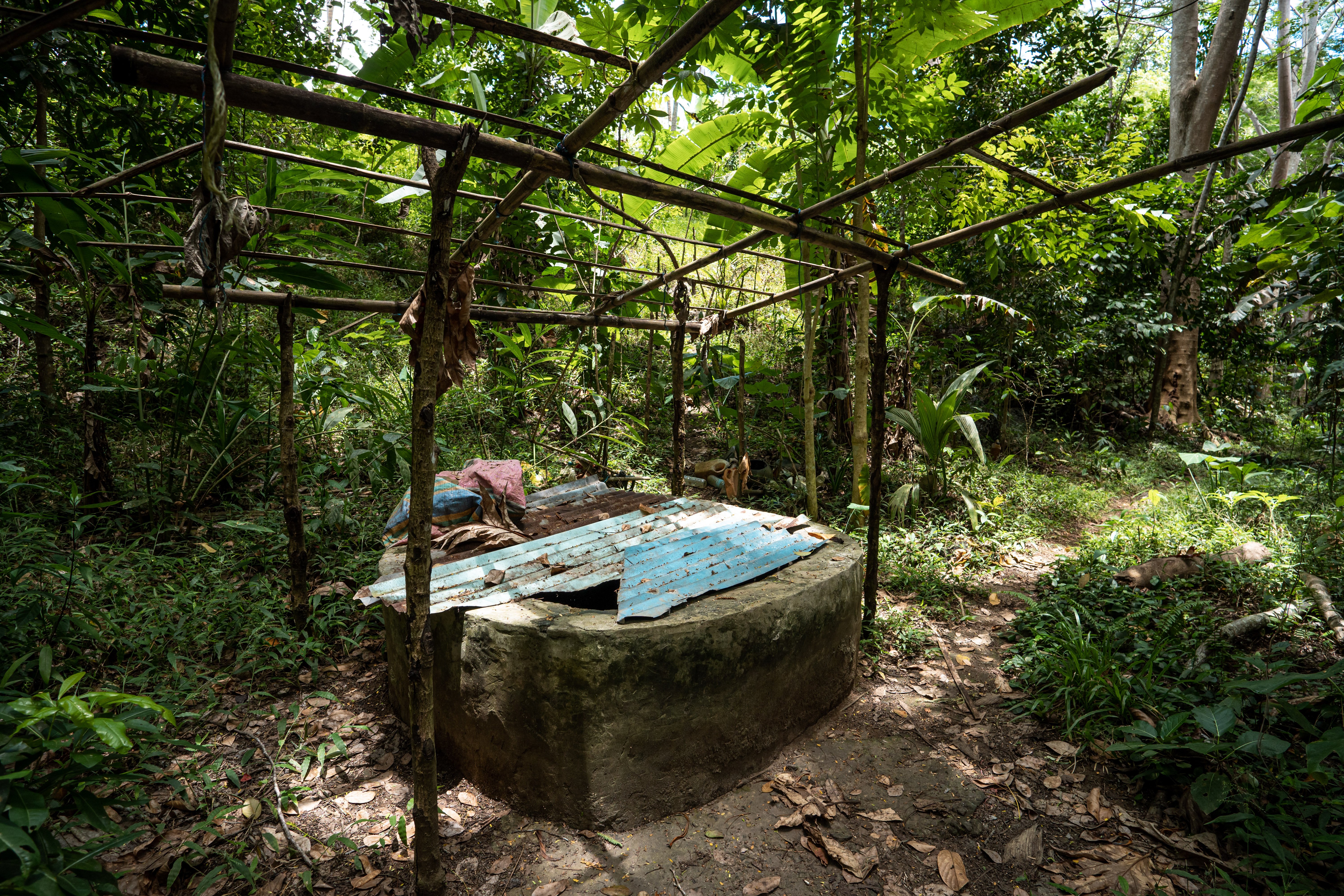
Chapter III
Rini: In Lihunu there is the tradition of the Tulude every 31st of January, in remembrance of our ancestors. It is the tradition of the Sangihe people. We celebrate it with the cutting of the Tamo, a giant cake in the shape of a triangle, enclosed with a Woka leaf. All the ingredients for the Tamo are made from plants we grow locally ourselves.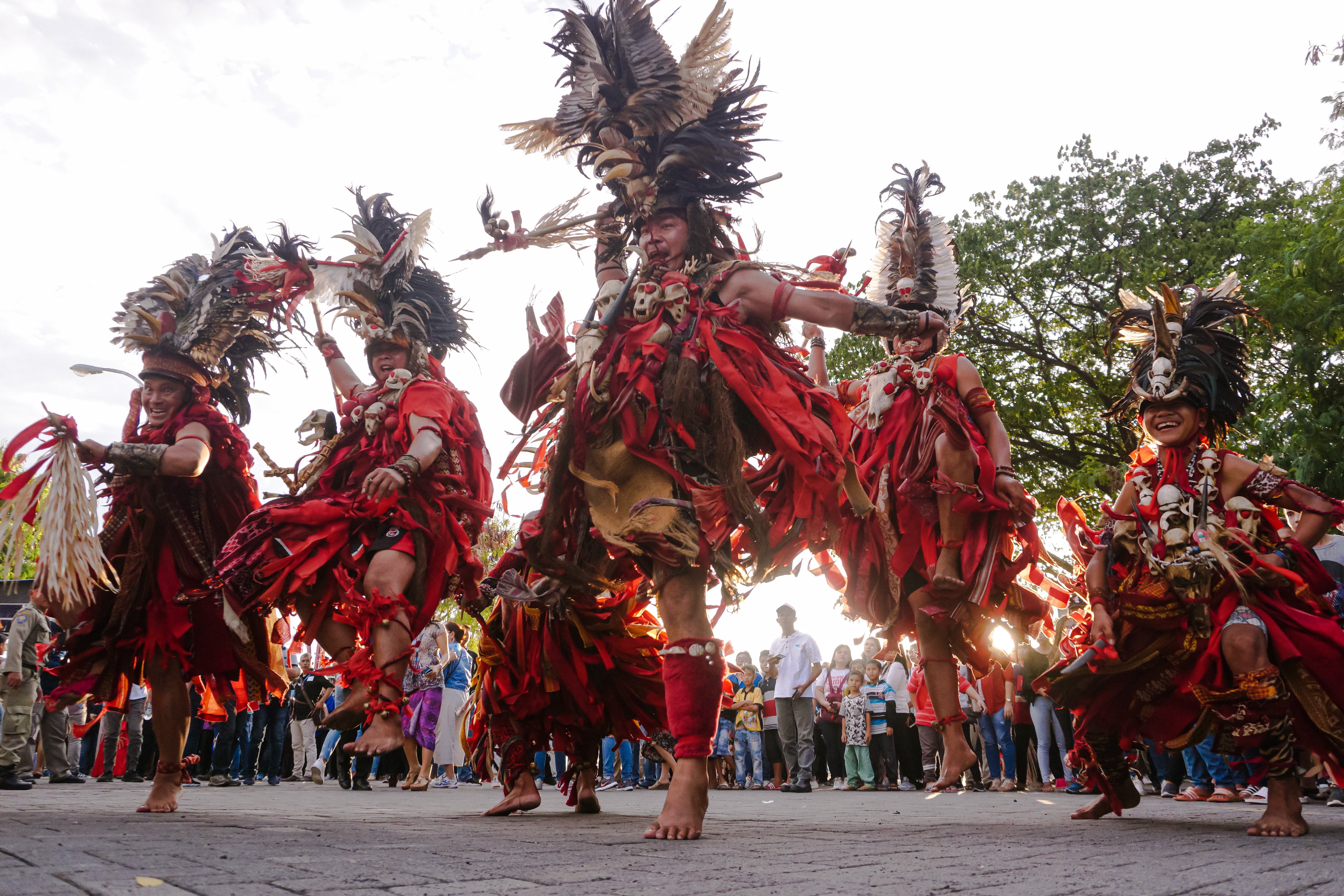
Inggrit: There is a dance called Cakalele that men usually do. The women do the Gundeh dance. Me and Rini prefer the Cakalele dance because the Gundeh dance is too slow and very feminine. It’s just not our style. The Cakalele is loud and fast, this is more our speed. There is a sword prop in the Cakalele dance that is tied to our hands with a red rope. It's not only for the Tulude that we do this dance. It’s also whenever we get important guests. A couple of months back we got word that the ministries were visiting the island and we practiced the dances for two weeks. Unfortunately, they canceled last minute. This was unfortunate. We really wanted to see helicopters land on our island again.
The most popular dish we have is Cassava. It's free here since everybody grows it. Sometimes it's fried but most of the time it's steamed. That, with Bubara fish is the best thing ever. Have you ever eaten Sagu? It is made either from sweet potato or from Sagu trees. The funny thing about Sagu is the utensil it is baked in. It doesn’t look particularly weird but the name is strange. We don’t know why but it’s called Porno. 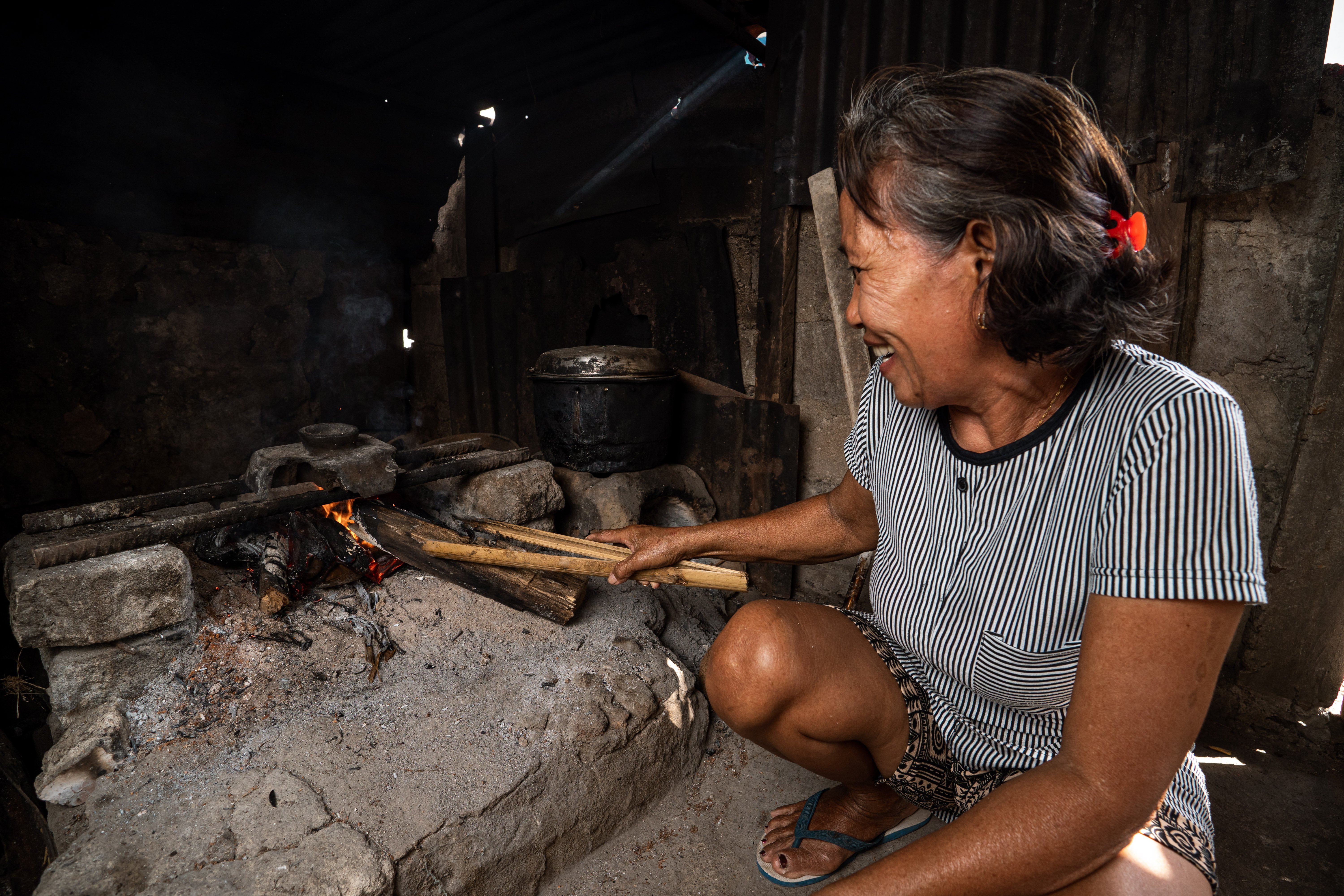
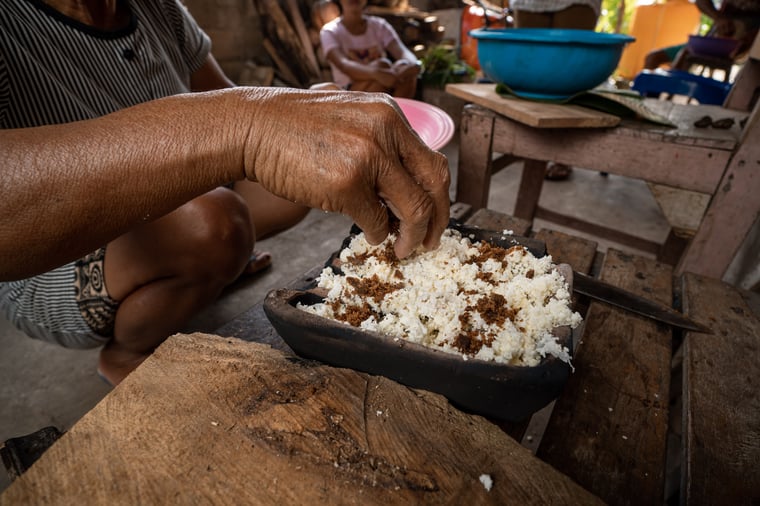
There’s a huge variety of sea life in our ocean: very large sea turtles, and dolphins but what is most memorable to me is the dugong. Have you ever seen one? One time while me and my father were out fishing, we had just cast the net when we felt something bumping and moving our boat. After we took a good look, we found out it was an insanely large dugong. My dad said, “Don’t make a sound.” We were very scared. We kept quiet though and the dugong moved on after making a huge splash when diving. 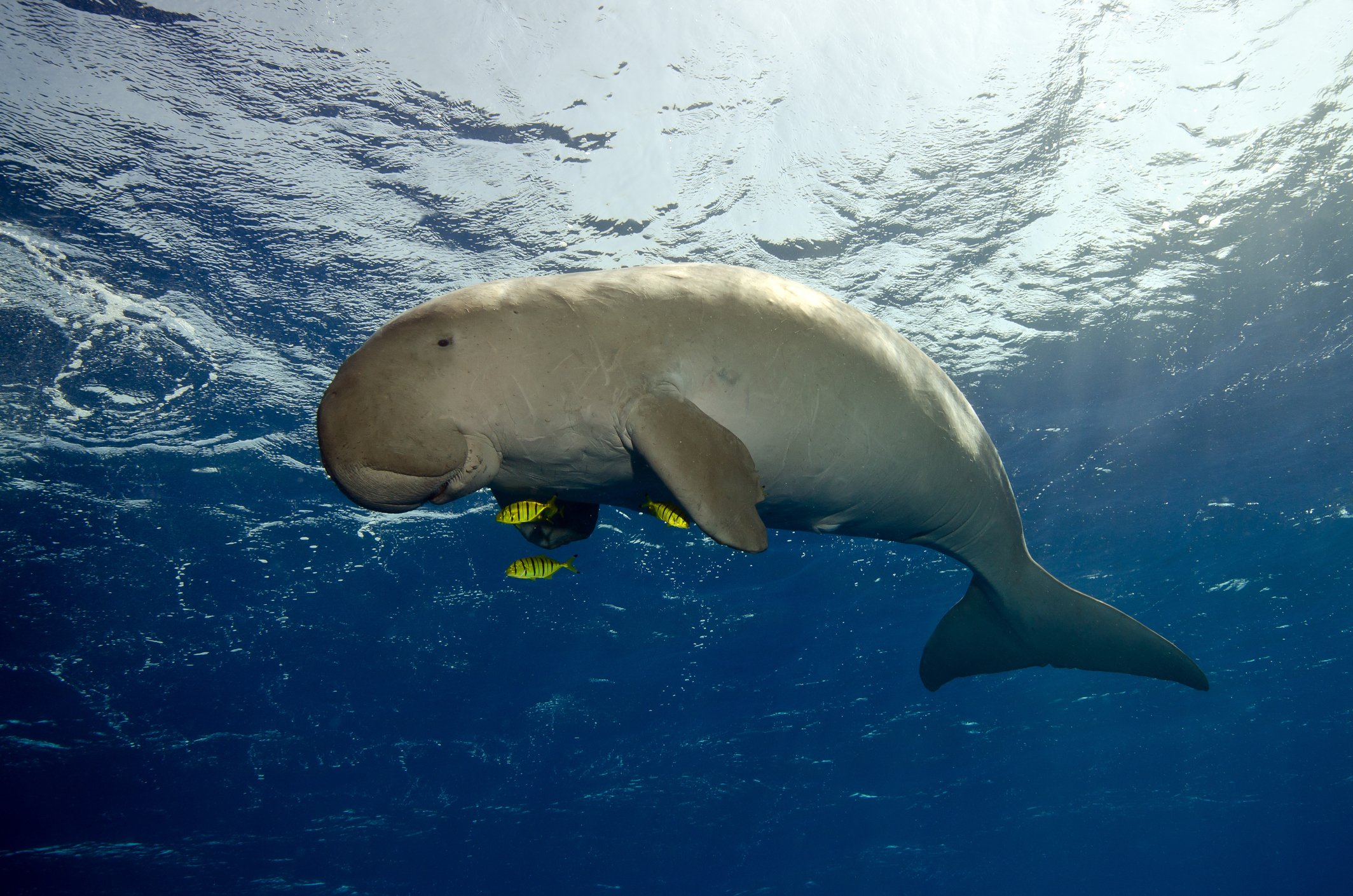
These dugongs are dangerous. They don’t eat humans but they do kill them if they sense a threat. They body slam them and suffocate until death.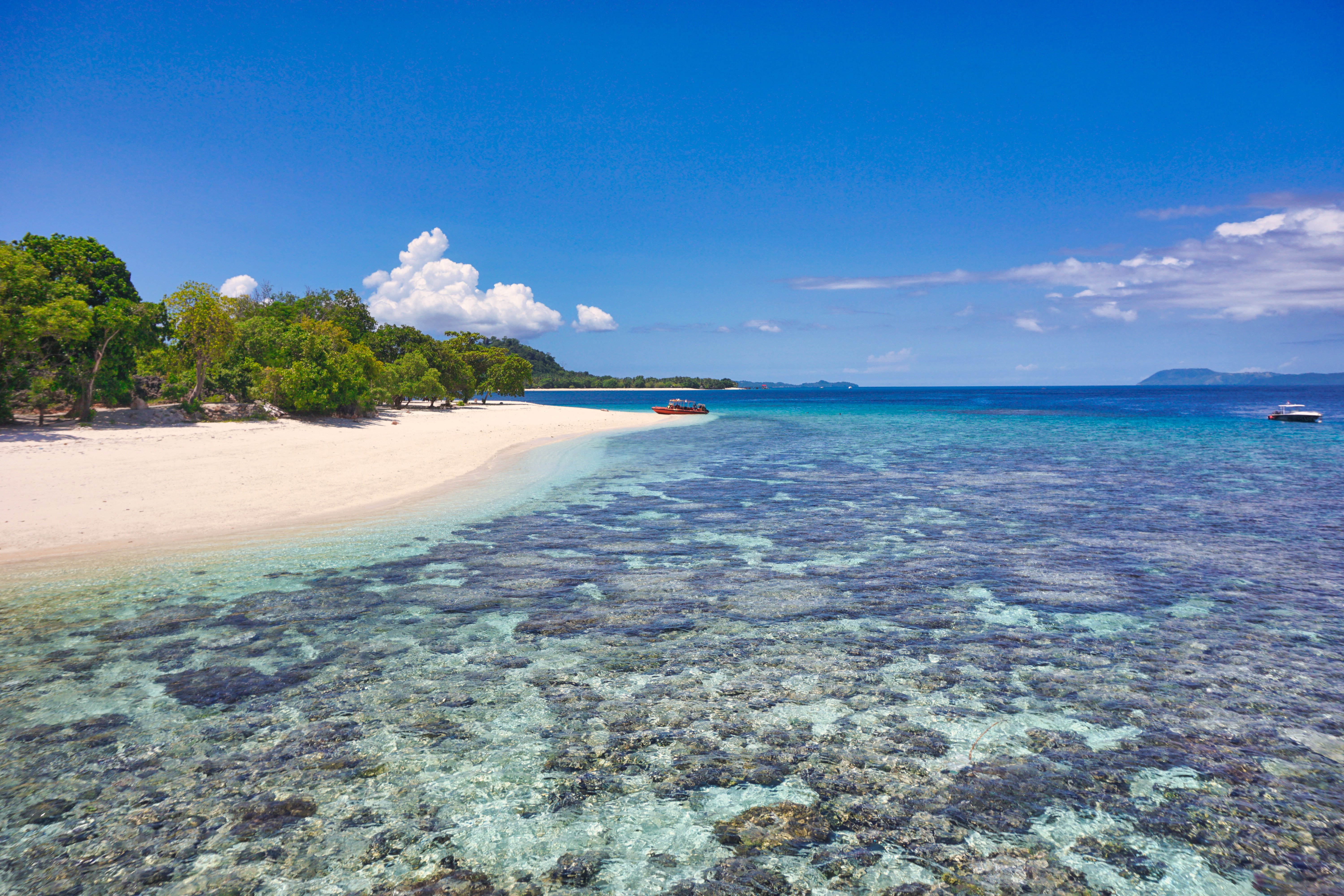
Chapter IV
Misye: I’m at University now in Manado at the Institut Agama Kristen Negeri, where I am studying Christian early childhood education. I am planning to be a kindergarten teacher as it’s been my passion to be a teacher since a while back. I really love kids. 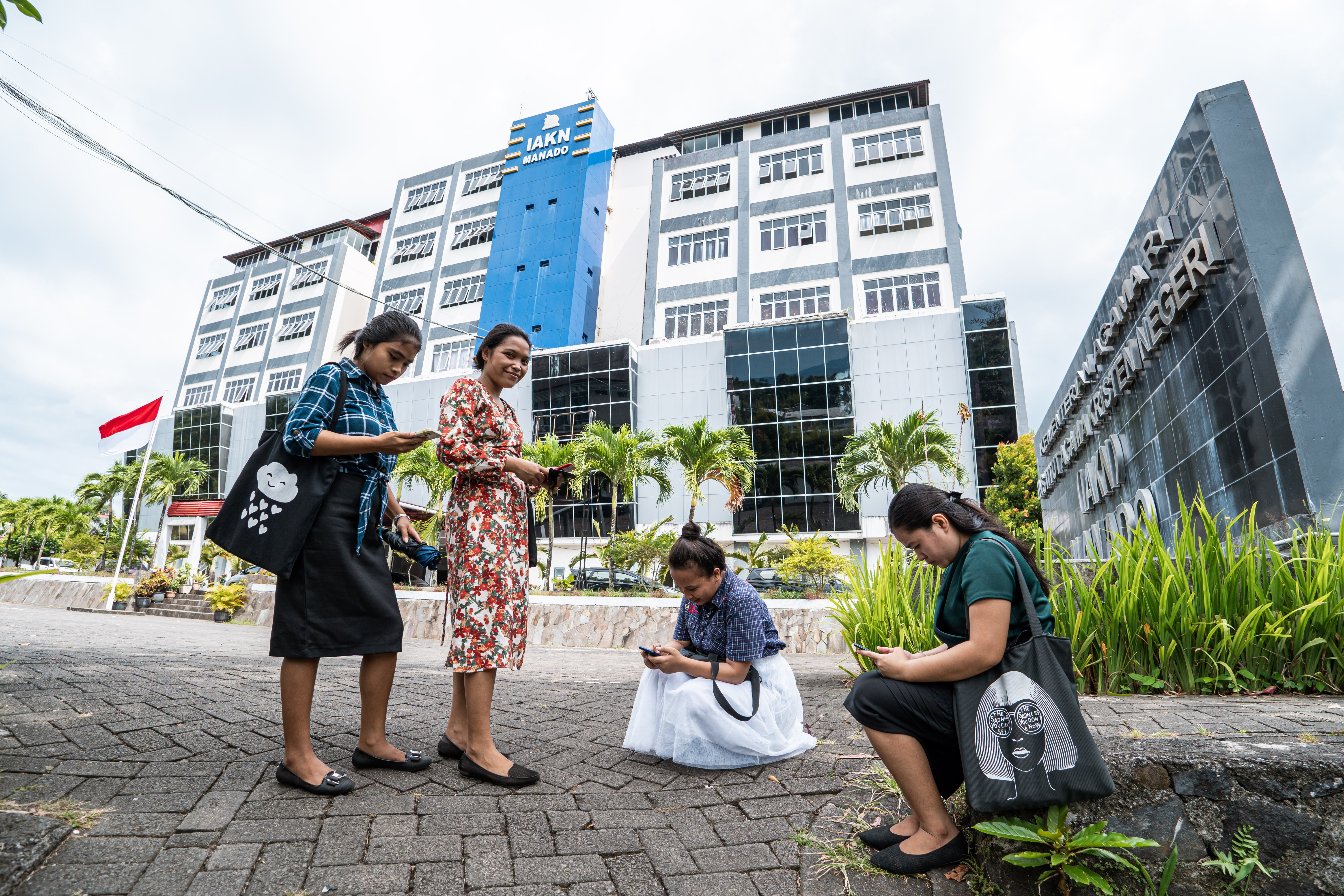
I rented a small room in Manado so I can attend Uni and I am really excited about this. It’s not my first time living in the Sulawesi mainland actually, I went to high school in Bitung. At the time, my family was in Lihunu so I had to leave them to attend High school since there are no high schools there.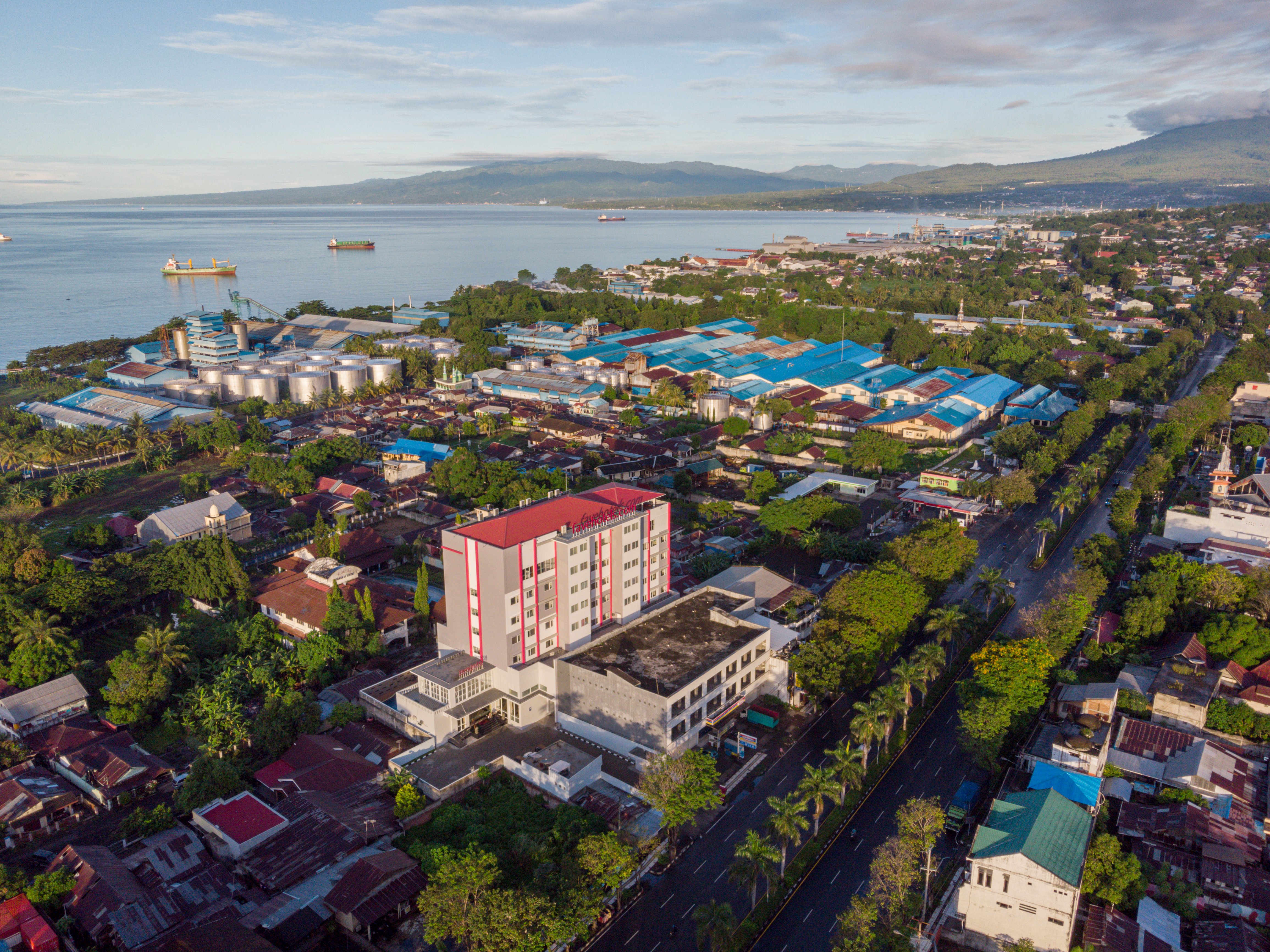
Inggrit: Rini and I also left our home island to go to high school. I went to Manado and Rini went to Bitung.
Rini: People leave Bangka island to get more education and to get work. The difference between living on Bangka island and in Manado is the friends and what we can do. On Bangka island, we are freer than in Manado. In Lihunu, everybody’s houses are relatively close to each other. In Manado, everybody lives so far away from each other that visiting them becomes a real chore.
I prefer Lihunu since I can see the beaches, and hang out with my friends more easily. 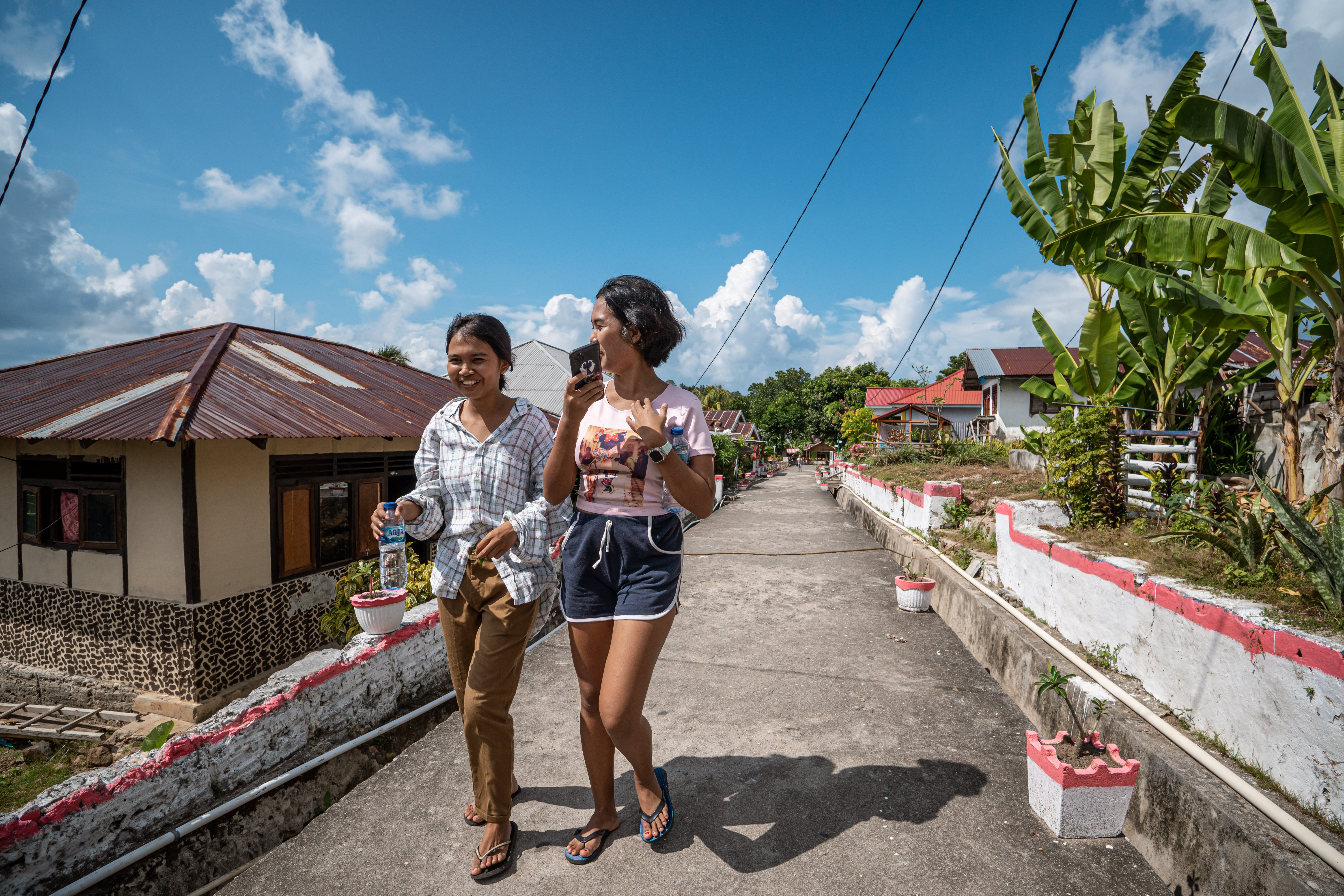
At home, we help our parents make snacks every morning and sell them in the village. We offer lots of different types of snacks: filled tofu, Midal (Manadonese porridge), and Sambiki. Every time we come home from work, we help sell snacks because we know that even though we are tired from work, our parents are much more tired than us.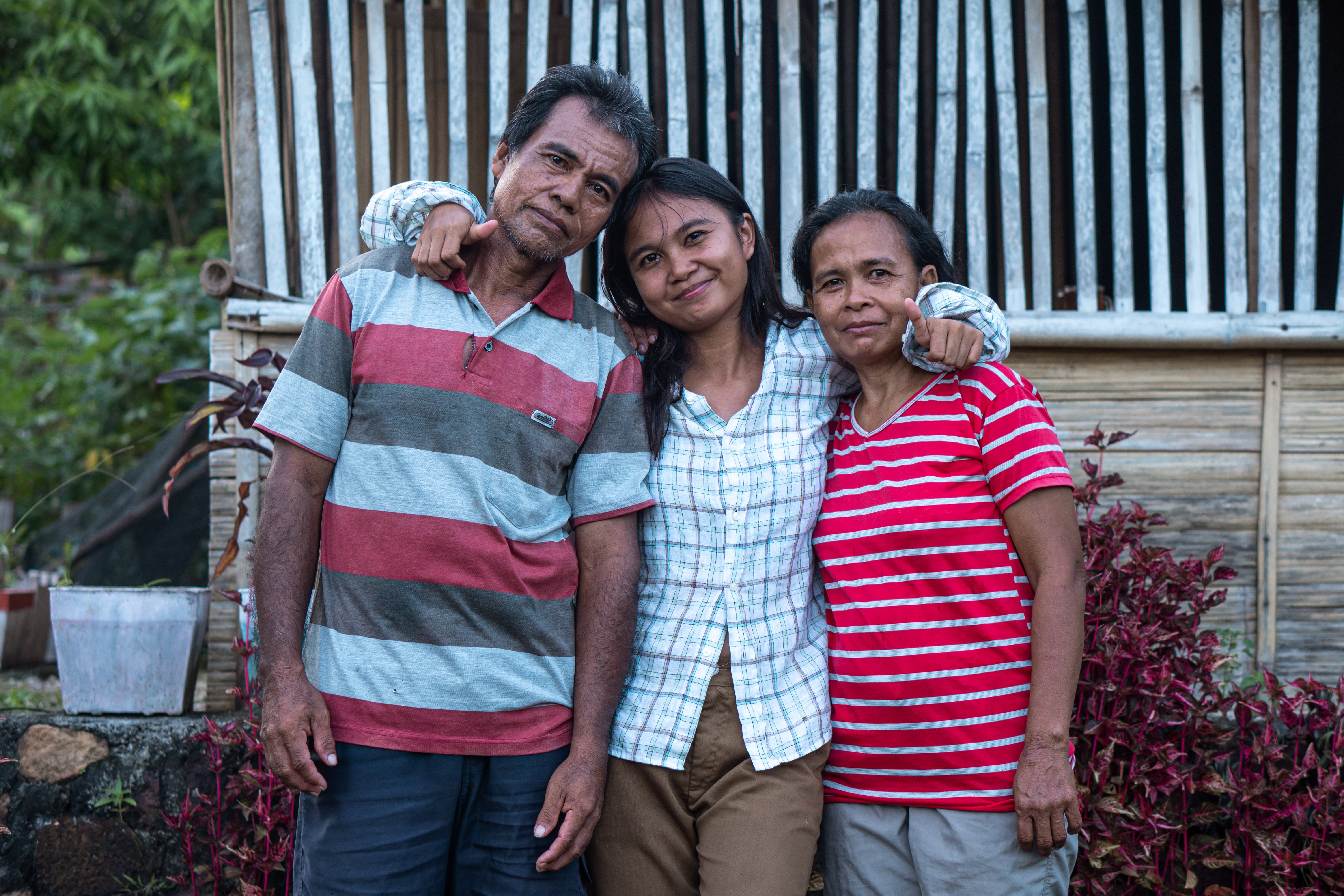
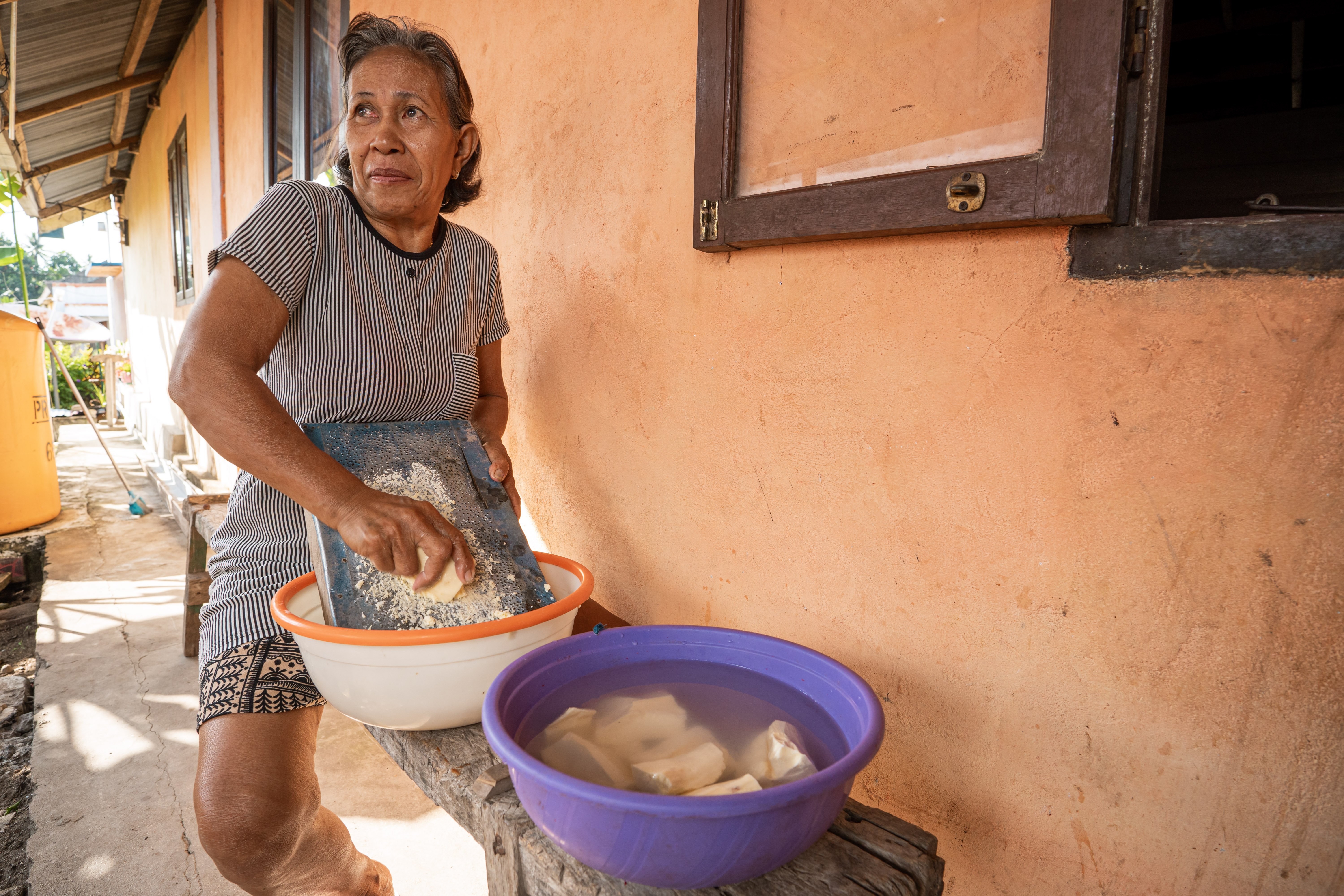
Chapter V
Rini: We first heard about the No-Trash Triangle Initiative (NTTI) during the pandemic quarantine when we couldn't go to school. We needed wifi for our studies so went to a resort on the island called Coral Eye. That's when we met Marco, who is the owner of the resort and also one of NTTI's founders. Marco offered to teach us how to dive in exchange for helping him to collect marine waste that's deeper underwater, and that's when we started getting interested in the waste problem. Coral Eye has its own waste recovery facility where we hung out and helped on a regular basis.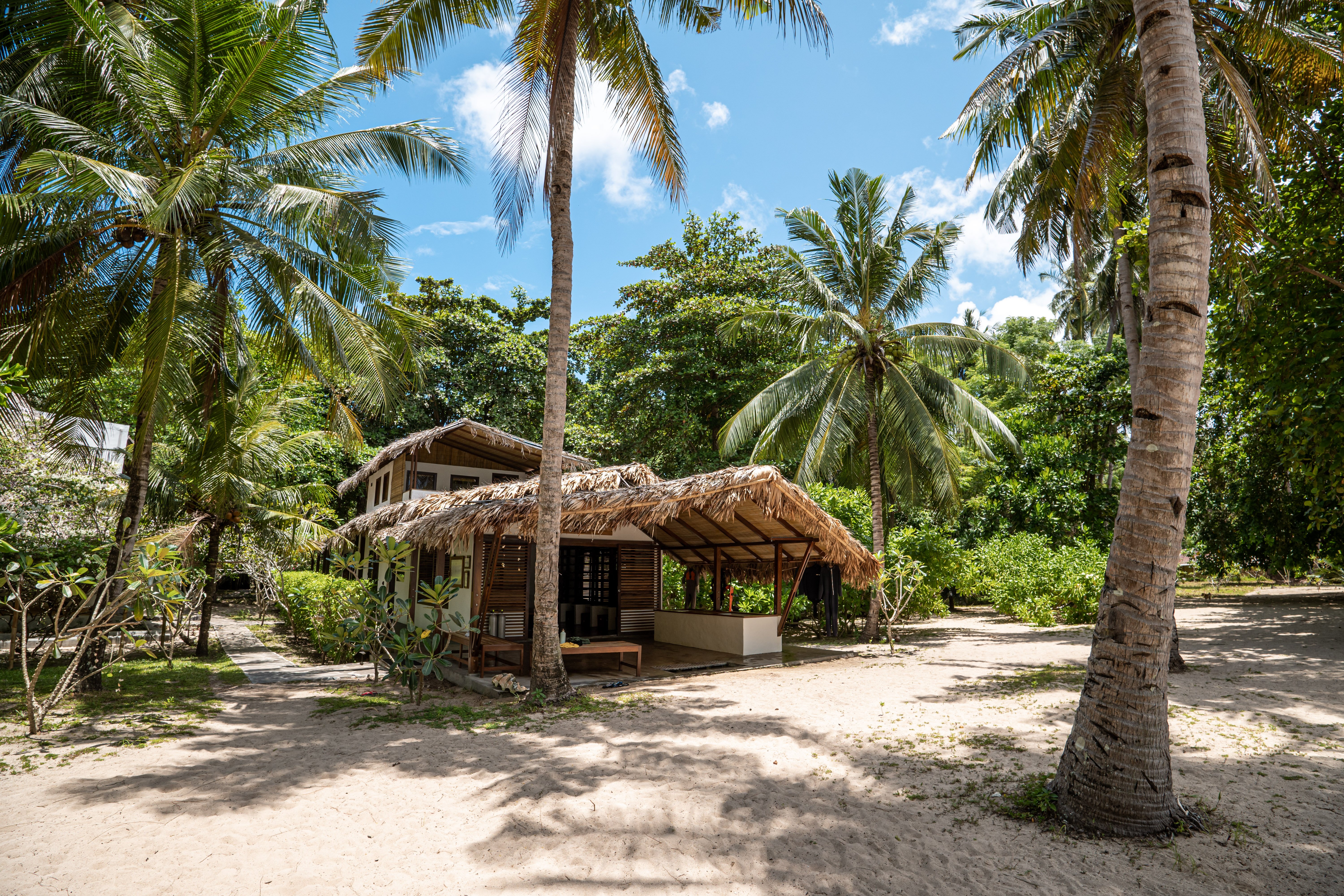
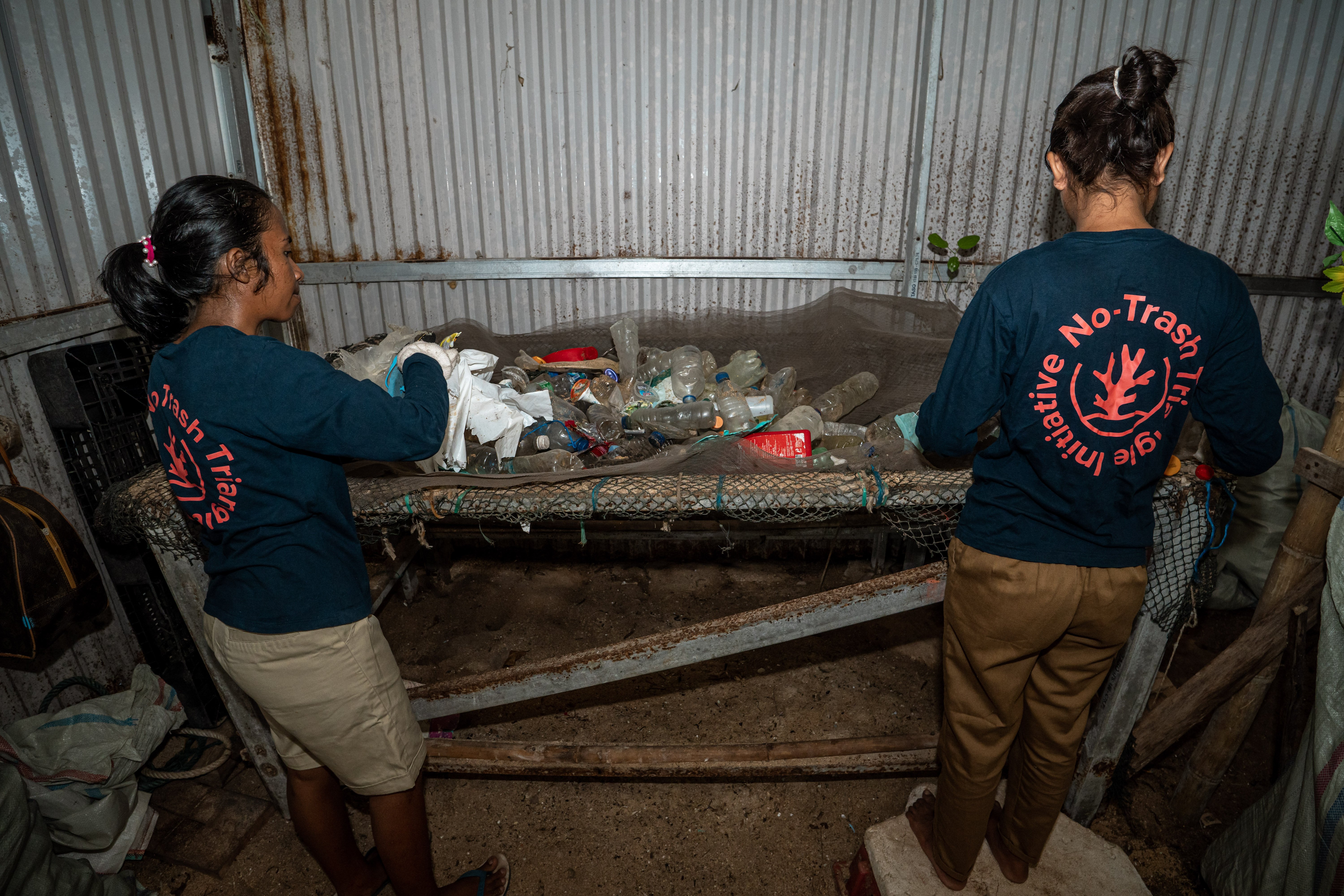
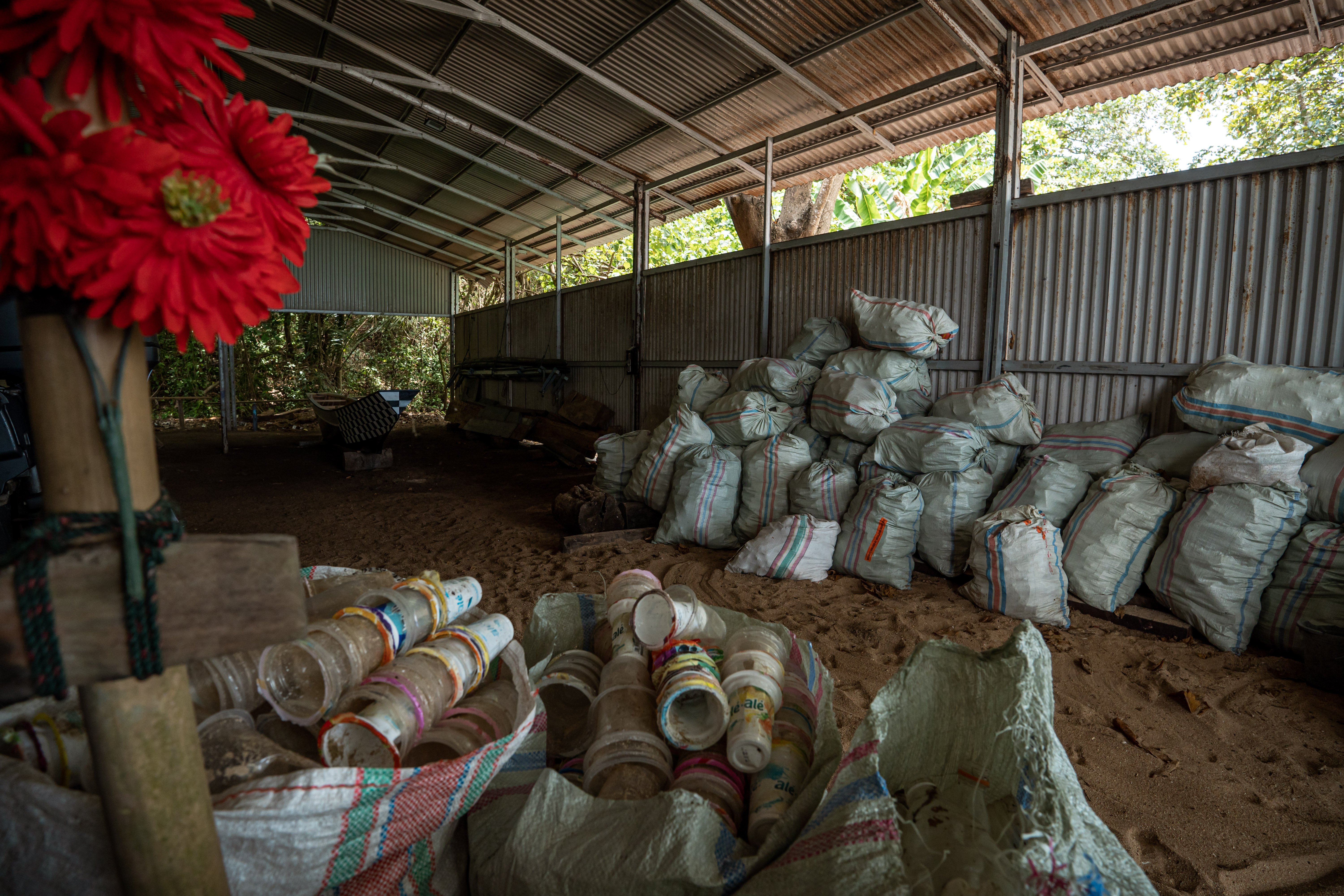
.jpeg?width=1280&height=720&name=WhatsApp%20Image%202022-10-14%20at%207.58.42%20PM%20(1).jpeg)
Inggrit: To reach the material recovery facility of Coral Eye, we go through the forest. That’s about a 2-kilometer walk across heavy forest, it’s not a great path. No cement or anything just a foot-trodden path across the forest.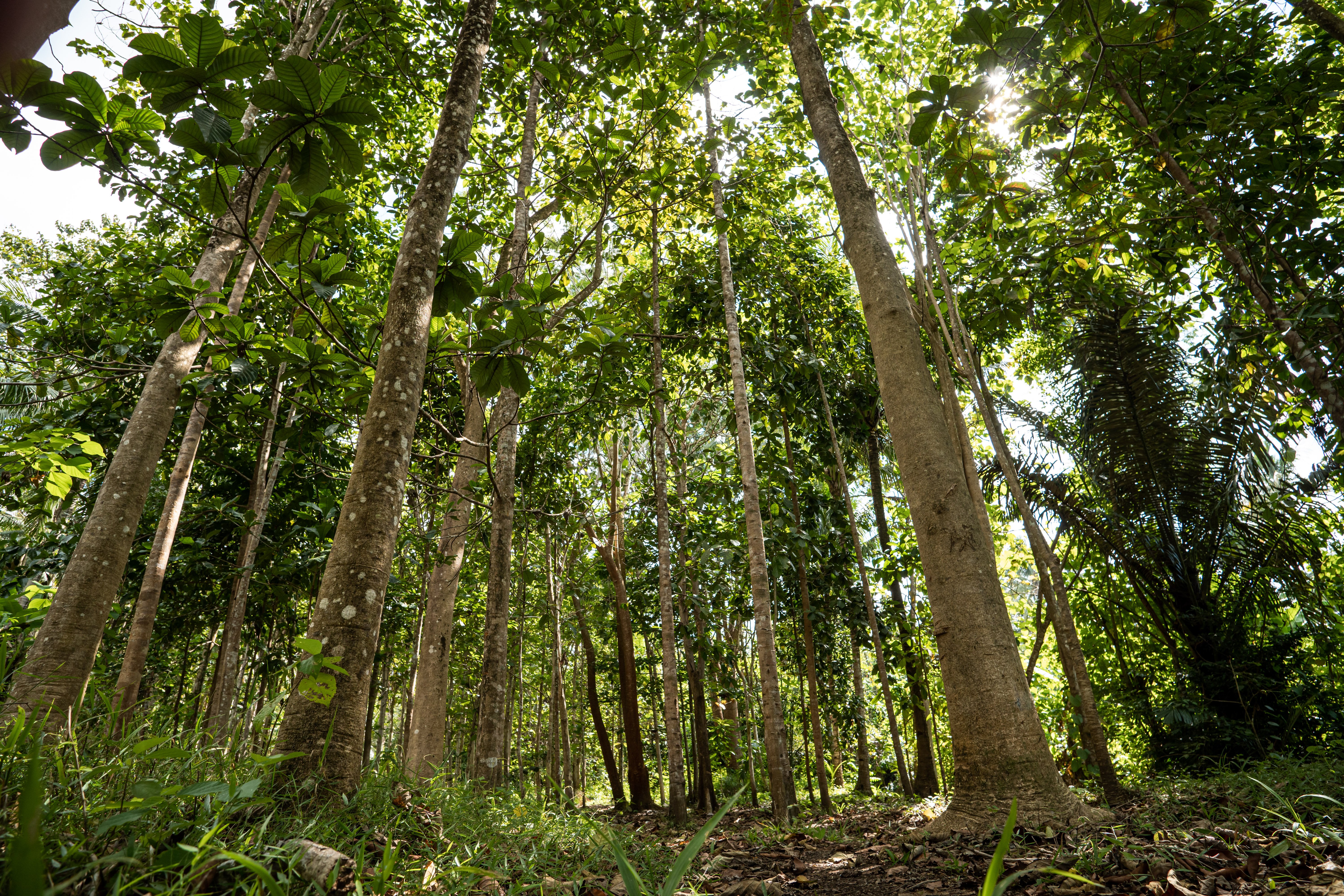
Rini: Now, motorcycles can get through from Lihunu to Coral Eye you know?
Inggrit: Yes but it’s really inefficient. I remember one time when some friends of mine had a motorcycle and we decided to go to Coral eye. The motorcycle did not fit all of us of course so some went on foot and some went on the motorcycle. Funny thing is, those of us on foot got there first!
The path for motorcycles is really bad actually, with lots of rocks, and large fallen tree branches blocking the road.
Rini: The most dangerous animals in the forest here are the snakes. One time we heard of a snake that ate a whole pig. It wasn't an anaconda. It's called ular sanca.
Inggrit: There’s never been a case of snakes attacking humans though. In the backyard of Coral Eye, that’s where the swamp where the sanca snake is. But overall the path in the woods is relatively safe except for when it rains. The winding roads are slippery and that’s when the snakes come out actually.
Misye: The savings I managed to gather while working at Coral eye has definitely helped me finance my college education.
Inggrit: Yes, right now everything goes towards college. We barely have time for diving even though we love it so much. “Don’t chase your dreams but instead find a way to make them come true”.
Rini: Who said that?
Inggrit: I did.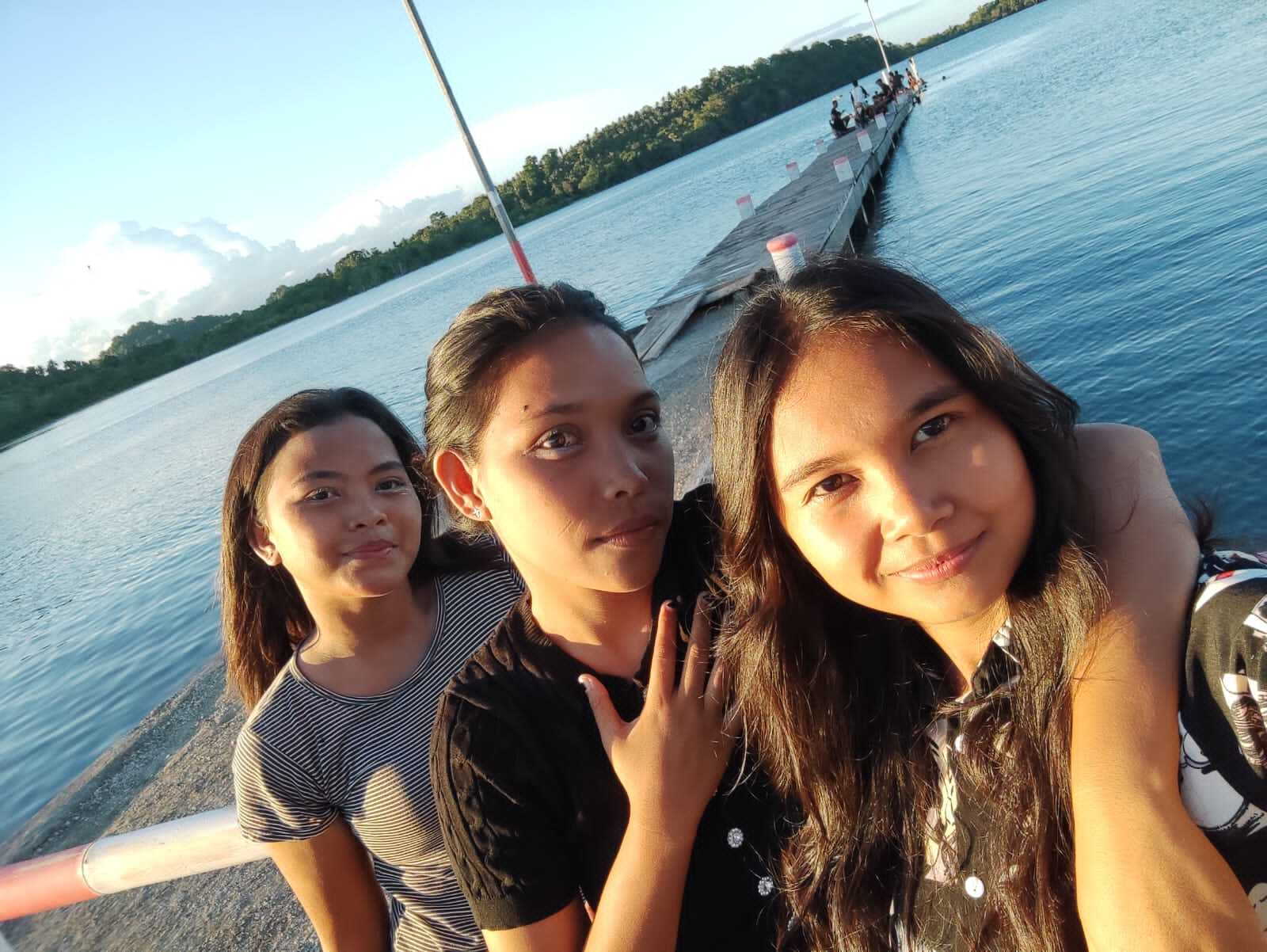
This interview was recorded in August 2022. Rini now works full-time for the No Trash Triangle Initiative, while Inggrit and Misye focus on their studies. If you want to know more about our Collection Hub on Bangka island, check out their Hub section: The No-Trash Triangle Initiative.


-3.png)
-2.png?width=380&name=Untitled%20design%20(2)-2.png)
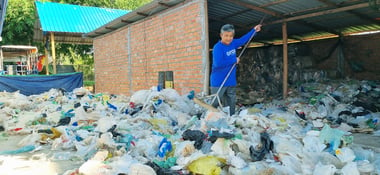
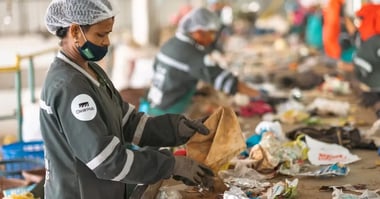

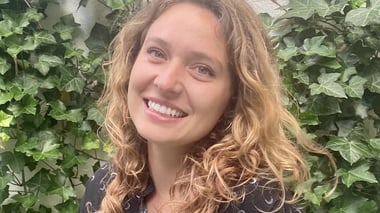
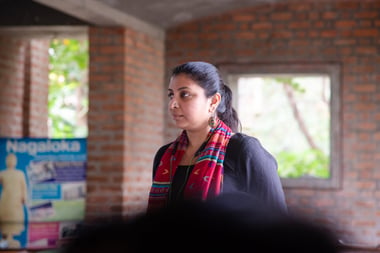
-1.webp?width=380&name=microplastics%20(1)-1.webp)
.jpg?width=380&name=drone-2021-12-06-10h31m38s177%20(1).jpg)
.webp?width=380&name=Sarah-Jeanne-Royer%20(1).webp)
